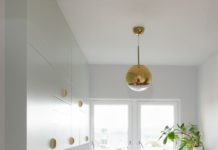How artificial light contributes to greater wellbeing at home
Light has a big impact on well-being. If there is a lack of daylight, a well-thought-out concept of artificial light sources is required for a pleasant atmosphere. Read here what is important and how light affects the organism.
Information about Kelvin – decisive for the lighting effect
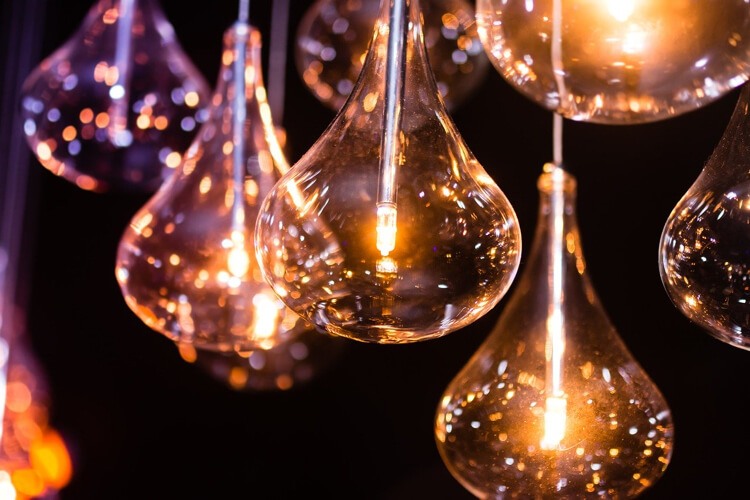
The quality and properties of the illuminants used play a significant role when it comes to comfortable lighting management. The inherent color of the artificially generated light, also called light color, is elementary. The decisive factor is that color temperature, which is given in Kelvin (K). For a cozy atmosphere in living rooms, bulbs with warm white light color are advisable because they radiate comfort. Between 2,700 and 3,300 Kelvin are required to produce warm white light. Those who work at home and want to concentrate better in the home office or who want objective lighting when working on kitchen worktops are better advised with the following color temperatures:
• neutral White: 3.300-5.300 Kelvin
• Daylight white: 5,300 Kelvin
In order to do something good for the environment at the same time, the purchase of LEDs is recommended. They are currently the most economical lamps on the market and now inspire with great variety. They are available in all imaginable sizes and for all versions.
Daylight lamps against the winter blues

Due to a lack of daylight, many people suffer from mood swings in the winter months. These can become so severe that a seasonal affective disorder (SAD) is diagnosed. What is meant is the winter depression or the winter blues. The consequences range from concentration problems, constant tiredness and listlessness. Since the body comes into contact with too little sunlight, the body releases more melatonin (sleep hormone), which in turn causes the Sleep-wake rhythm and the hormonal balance be adversely affected. The conventional, artificial lighting in living rooms cannot compensate for the lack of light. For comparison: an ordinary lamp often does not produce more than 150 lux (unit of measurement of the illuminance), on a sunny summer day, however, there are up to 100,000 lux outdoors.

Special daylight lamps are an effective measure to simulate natural sunlight and to support the body in the best possible way in regulating its body functions. High quality products with at least 2,500 lux are suitable for light therapy because a medical effect only occurs from this value. The duration of use per day depends on the light intensity. You can read more information about daylight lamps in the guide of the test portal from Bild, in which recommended lights have also been compared. Among other things, you will find details on the recommended duration of use: “If your lamp has up to 2,500 lux, 2 hours a day is sufficient. From 5,000 lux, you shouldn't use the lamp for more than an hour. ”
Islands of light create an inviting home
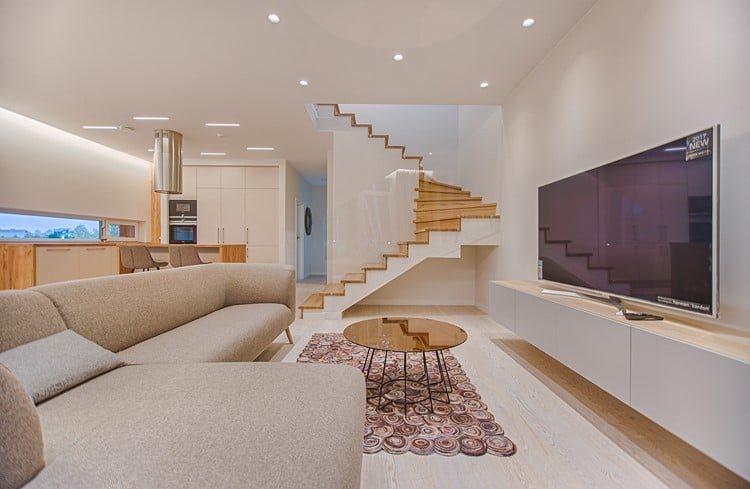
If light and shadow alternate dynamically, so-called light Islands, They are perceived as particularly pleasant and promote a cozy atmosphere. Perfect for relaxing and feeling good. With the mix of wall, floor and table lamps, you can give rooms additional depth. Downlights integrated into the ceilings are also excellent for this purpose. It can be used, for example, to stage paintings, spotlight walkways, or provide basic lighting in the kitchen.

Indirect light enriches every room
Indirect light is particularly interesting for a maximum of atmosphere. Its light source is not directly recognizable, only the scattered light. Indirect lighting with warm white light suggests a feeling of security and transforms every room into an oasis of wellbeing. Whether living and dining room, bedroom or children's room.
Ambilight from Philips for spectacular film evenings
With Ambilight, Philips has developed a technology for TV sets that uses a color to detect the colors that can be seen on the Backlight to expand into the room. For example, if a picture of a jungle is being shown, the surroundings are bathed in green light and the visual impressions are intensified. This not only makes television more visually attractive, but also more gentle on the eyes.
It's all in the mix: basic lighting, zone lighting and mood lighting
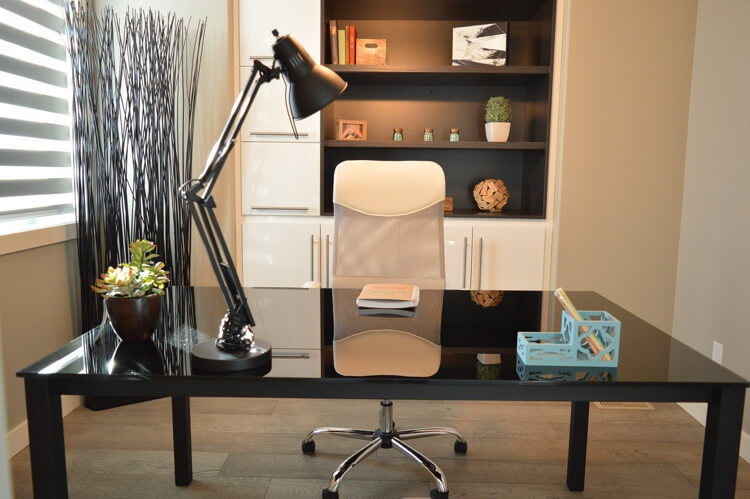
Well-being through artificial light is not only achieved by mood lighting promoted. Mood lighting sets the tone. At the same time, the field lighting (Zone lighting), for example at the desk, at the bathroom mirror or at the stove the mood at home. The same applies to the backlight the rooms that are intended for general lighting and are installed as centrally as possible on the ceiling. A well-thought-out concept takes into account every requirement for brightness and meets the need through targeted lighting.
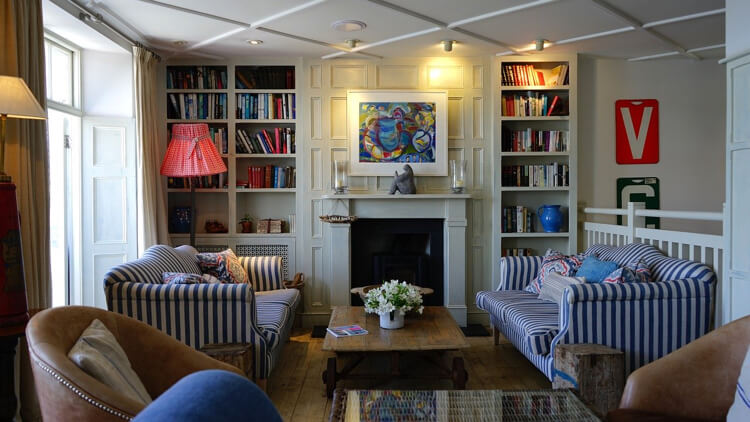
Image sources: pixabay.com, pexels.com / Creative Commons Zero (CC0)
The post How artificial light contributes to greater wellbeing at home appeared first on Deavita.com | Living ideas, design, hairstyles, make-up, lifestyle, health and beauty tips.



